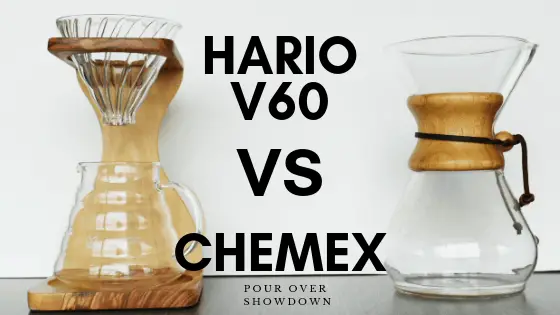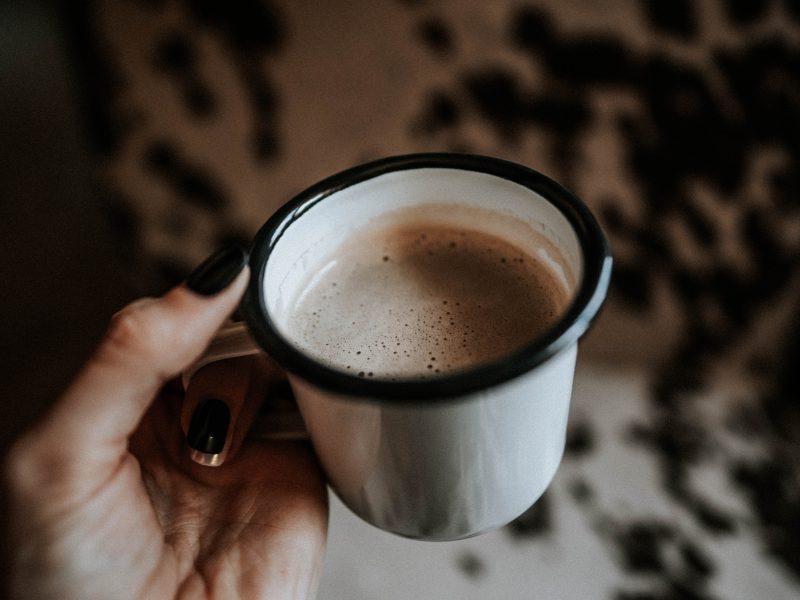Short Answer:
Hario V60
Long Answer:
I own around one-squillion different brewing devices. When my wife asks for a cup of coffee, I settle into a deep panic. Too many options.
There is a multitude of different ways to roast your coffee, and the options for brewing further multiply the multitudonousness.
Below, I’ve added a quick-guide to the Chemex and Hario V60: two of the most popular pour over brewing methods. Read on for more details about the differences between the two methods and how to choose which coffee is best for the Chemex and the Hario V60.
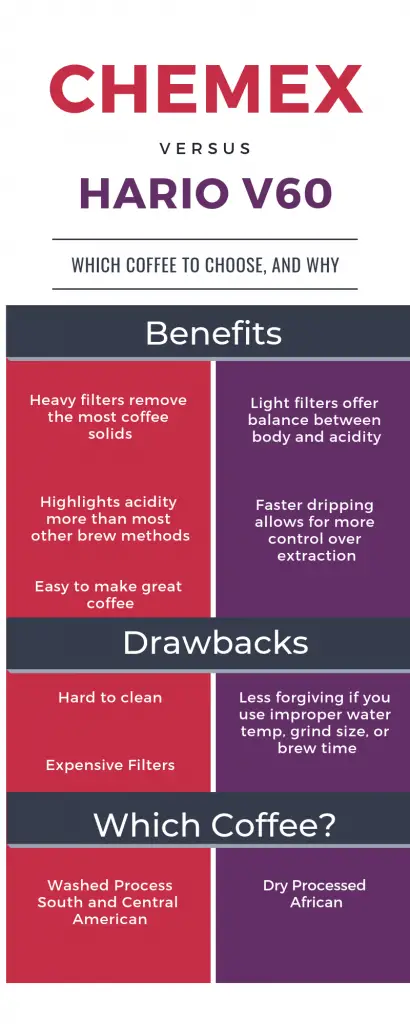
Chemex
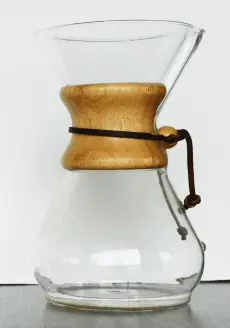
A Chemex brew highlights the acidity of the coffee while reducing the body.
The heavy filters remove a tremendous amount of solids from your cup and leave you with a very clean, bright coffee.
The design allows the hot water to sit on the grounds for much longer than a V60, and because of that, your water has more time to extract flavor compounds. This is good if you aren’t obsessive-compulsive about measuring your dose and grind-size. The extra brewing time ensures that you’ll extract what you want, and the heavy filter will remove any chance of having a dirty tasting cup.
Pros:
- Looks awesome
- Heavy filters make for a very clean and bright cup
- More forgiving if you don’t want to measure like a maniac
- Is featured prominently in Rachel’s apartment in the show Friends
Cons:
- Is difficult to clean unless you have very tiny hands
- Can build up lime/calcium scale on the bottom
- Filters are expensive
- Chemex is expensive
Coffees that taste great in a Chemex
Central American, South American
Central and South American coffees are really surprising when brewed in a Chemex. Colombian, Guatemalan, and Costa Rican beans all reveal different faces when Chemexed. Because of the heavy filter, any mustiness or grittiness that can come along with these coffees is left out of the cup.
African
African coffees are sought after because of their acidity. The Chemex highlights acidity. For some, this combo can be overboard and leave the drinker feeling like they received a cup of tea rather than a cup of coffee, but if done right, you can extract incredibly unique flavors.
Indonesian
Indonesian coffees are a bit different. Some like them because they are so dank and heavy. If you are a big Indonesian coffee fan and love the mustiness and heavy body of Sumatra or Bali coffees, then steer away from the Chemex. However, while the Chemex will remove a good portion of the body, it will highlight the woody, spicy, herbal characteristics of good Indonesian coffees. Just like coffees from the Americas, a Chemex will show you a whole new face of Indonesian coffees you didn’t know existed.
Hario V60
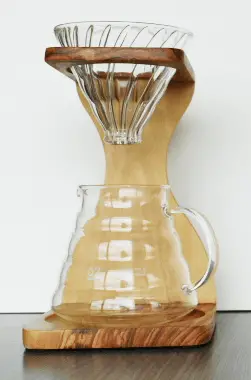
A Hario V60 lets your hot water pass through the grounds quickly. This can be either good or bad, depending on how patient you are.
Whereas the Chemex is all about letting the grounds brew for a little while, the V60 is all about stripping the grounds of their flavors with repeated short ‘blasts’ of hot water. I mean that figuratively.
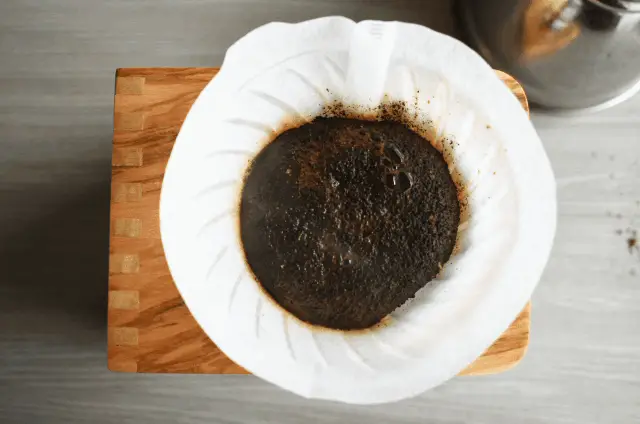
If you watch a good barista pour a V60, they don’t ever let the water rise up near the top. A good barista will fill the water up slowly above the grounds and let it drain out, little by little. They’ll do six or seven pours to get one twelve-ounce cup of coffee.
The V60 requires a bit more patience and active time than the Chemex. If you’re not willing to spend the time to carefully pour out your water over the three or four minutes it takes, you won’t be rewarded with an outstanding cup. In that regard, Chemex is more forgiving.
Pros:
- Simple design
- Easy to clean
- You can dial in your brew if you enjoy measuring like a maniac
Cons:
- Requires more precision, which is bad if you refuse to measure like a maniac
- Benefits tremendously from having a better grinder
Coffees that taste great in a V60
African
Typically, African coffees have high acidity, and the V60 showcases the acidity while also lending some body to the coffee. Because the V60 uses thinner filters than the Chemex, more coffee solids make their way to the cup, resulting in a rich and balanced flavor.
Indonesian
Sumatra, Bali, Timor, Sulawesi: all of these coffees taste great in a V60. The V60 is a great way to clean these coffees up when compared to a french press, but still leave more of the rich body when compared with the Chemex. The V60 is my favorite way to drink Indonesians.
Centrals
To me, this is really where the V60 separates itself from the Chemex. The V60 can really bring out the rich chocolate notes in a Guatemala in a way that the Chemex simply can not. The V60 is just more versatile for brewing all different sorts of coffee: light or dark roast, any origin.
So Which is it? Hario v60 or Chemex?
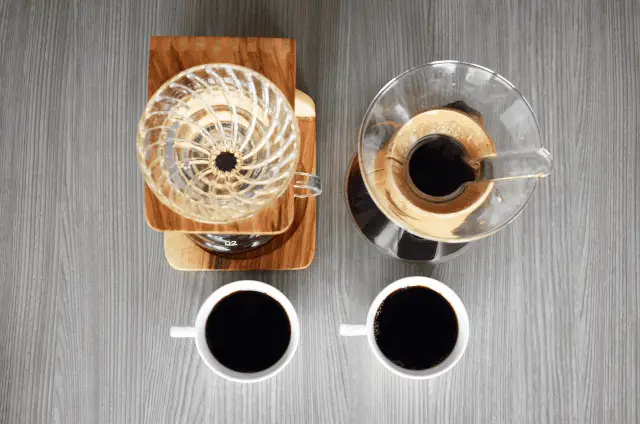
My vote goes with the V60.
While many say that Chemex is the most forgiving, I completely disagree.
I find that Chemex can make coffee a little too thin or too acidic at times, and what’s more difficult to control is how much paper flavor gets into your coffee.
The filters are so heavy, I find that even with pre-rinsing the filters, I still get a good amount of paper filter flavor. This is completely counter-productive to the Chemex’s mission of pure, simple flavor.
The filters for the Chemex are also just too expensive to justify making 1 or 2 batches a day.
As a nail in the coffin: the Chemex is difficult to clean. I can’t get my hand inside the neck, and that can lead to coffee oil buildup along the bottom, thus negating the beautiful design of the brewer.
Hario V60 for the Win
The V60 has great balance between body and acidity. Once you get the hang of brewing with a V60 (I recommend measuring out your grinds the first 5 or so times), you’ll make a great cup of coffee every time.
You don’t have to pawn your cat to buy more filters, and the filters you have won’t make your coffee taste like cardboard sludge.
Agree? Disagree? Continue the conversation in the comments below!
To learn how to brew your home roast just right, check out these resources. If you’re interested in learning to roast your own coffee at home, check out my complete guide to getting started.
